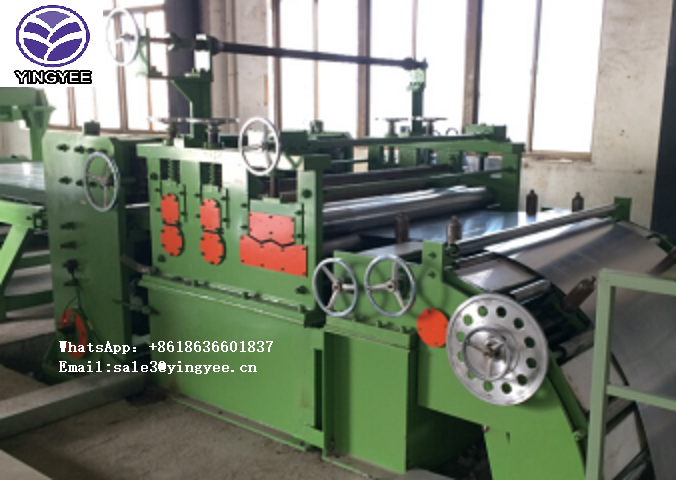
The Tube and Pipe Mill An Essential Component of Modern Manufacturing
In the realm of modern manufacturing, the production of tube and pipe systems plays a critical role across various industries, including construction, automotive, aerospace, and energy. Tube and pipe mills are specialized manufacturing facilities designed to produce high-quality tubes and pipes efficiently and at scale. This article will delve into the functionality, processes, and importance of tube and pipe mills, as well as their contributions to various sectors.
Understanding Tube and Pipe Mills
A tube and pipe mill is a complex system comprising several processes that convert metal strips or sheets into seamless tubes or pipes through various forming and welding techniques. The fundamental difference between tubes and pipes primarily lies in their intended applications and dimensional standards. Pipes are generally used for the transportation of fluids and gases and are measured by their nominal pipe size, while tubes are often designed for structural purposes and are measured by their actual outside diameter and wall thickness.
The Manufacturing Process
The manufacturing process in a tube and pipe mill typically involves several key stages
1. Material Preparation The process begins with the selection of raw materials, which are usually steel strips or coils. These materials are cleaned and cut to the appropriate lengths for further processing.
2. Forming The cut strips are then fed into a series of rollers that shape them into a cylindrical form. This is done through processes such as roll forming or rotary piercing, depending on the type of tube or pipe being produced.
3. Welding Once formed, the edges of the cylindrical metal are joined together through welding techniques. The most common methods include high-frequency induction welding and electric resistance welding. These processes ensure a strong and durable seam, crucial for the integrity of the finished product.
4. Sizing Following welding, the tubes undergo sizing processes to ensure they meet specific dimensional standards. This stage is essential to achieve the required diameter, wall thickness, and straightness.

5. Finishing The final stage involves various finishing processes, such as cutting to length, surface treatment, and inspection for quality assurance. This may include processes like shot blasting, painting, or galvanizing to enhance corrosion resistance.
Innovation and Technology
Modern tube and pipe mills have significantly evolved with the integration of advanced technology. Automation plays a pivotal role in enhancing efficiency, precision, and safety. Computer Numerical Control (CNC) systems are widely employed to optimize the manufacturing processes and reduce human error. Additionally, real-time monitoring systems allow for consistent quality control throughout the production cycle.
Another trend in the industry is the growing emphasis on sustainability. Tube and pipe manufacturers are increasingly adopting eco-friendly practices by implementing recycling protocols and reducing waste. Innovations such as energy-efficient machinery and the use of alternative materials are also gaining traction, aligning with global sustainability goals.
Applications and Importance
The applications of tube and pipe products are vast and diverse. In the construction industry, they are vital for structural support and plumbing systems. In the energy sector, tubes and pipes are used extensively for oil and gas transportation, as well as for the construction of pipelines, refineries, and processing plants. The automotive and aerospace industries rely on tubular components for manufacturing frames, exhaust systems, and various other parts that require strength and lightweight properties.
In addition to their application-specific advantages, tube and pipe mills contribute significantly to economic growth. They create jobs, foster innovation, and stimulate local and global markets. Furthermore, the continual investment in advanced manufacturing techniques has positioned tube and pipe production as a cornerstone of modern engineering and industrial design.
Conclusion
In summary, tube and pipe mills are indispensable in the manufacturing landscape, providing essential products that serve a myriad of industries. With advancements in technology, a focus on sustainability, and an emphasis on quality, these mills are poised to meet the demands of the future. As globalization continues to drive industrial growth, the importance of efficient tube and pipe production will only increase, reinforcing their status as vital components of modern manufacturing.